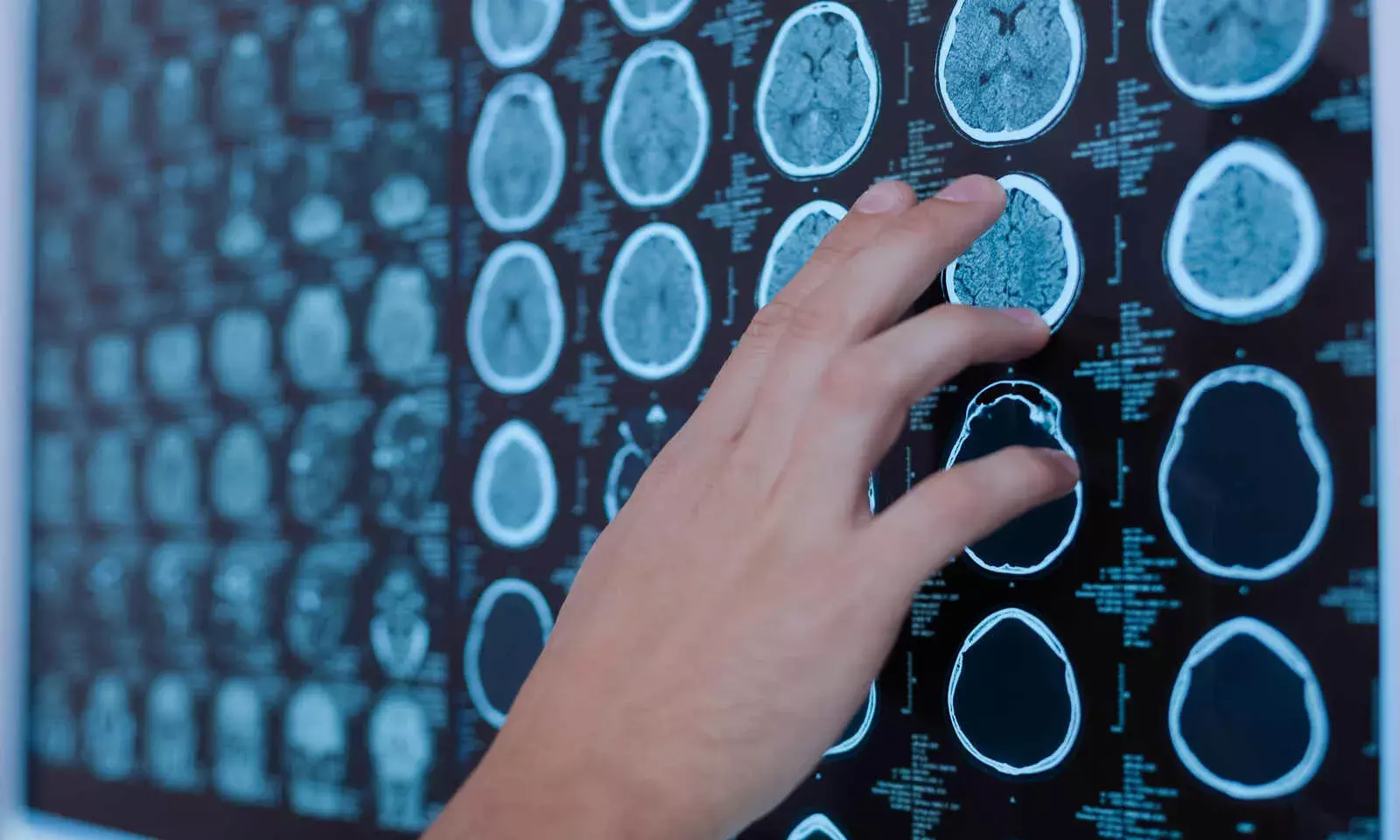World Brain Tumour Day: 6 Common Myths About the Abnormal Cell Growth Busted
Thousands die of brain tumours every year and yet there exist several misconceptions around the disease; here are a few of them debunked

More than 28,000 cases of brain tumour are recorded every year in India and over 24,000 people die of it every year, according to the International Association of Cancer Registries. The incidence rate in the country is 5-10 people per 100,000 population and this number has been on an increasing trend, showed the National Health Portal.
A brain tumour is a growth of abnormal cells in the brain or skull which can be benign (non-cancerous) or malignant (cancerous), according to Johns Hopkins Medicine. Brain tumours can also develop in the brain's protective lining (meningiomas), the underside of the brain (skull base), the brainstem (Medulloblastoma), the sinuses, the nasal cavity, and many other areas. There are more than 120 types of brain tumours, based on the tissues they affect.
The symptoms of brain tumour mainly depend on the location, size and the rate at which the tumour grows. The most common symptoms are persistent headaches, convulsions, personality or behaviour changes, loss of hearing or vision changes, loss of balance or dizziness, disorientation, fatigue, numbness or paralysis in one part or one side of the body and memory loss.
Brain tumour can affect people of all ages and yet there exist misconceptions about it, its risk factors, how it spreads, and treatment options. To debunk six such myths, FactChecker spoke to Dr Gurneet Singh Sawhney, Senior Consultant – Neurosurgery, Fortis Hospital, Mumbai.
Myth #1: All Brain Tumours are Cancerous
Fact: Brain tumours are divided into two categories, namely benign (non-cancerous) and malignant (cancerous). "Only a third of brain tumours are cancerous. Overall, the chance of a person developing a malignant tumour of the brain in their lifetime is less than 1%," said Dr Singh.
The malignant or cancerous category is further divided into four grades, namely Grade I, Grade II, Grade III, and Grade IV. Of these, the fourth category is the most fatal and aggressive in the human body and is termed Glioblastoma Multiforme.
Myth #2: Brain tumour always originates in the brain
Fact: Brain tumours can also be a result of metastasis of cancer from other parts of the body "Metastatic brain tumours (or secondary brain tumours) that occur in other parts of the brain are much more common than the primary one that originates in the brain itself," said Dr Singh.
Secondary brain cancers are made of the same type of cells as the primary cancer. The most common origins of brain metastasis are systemic cancer of the lung, liver, thyroid, kidney, and melanoma, which can lead to a brain tumour.
Myth #3: Mobile phone radiation causes brain tumours
Fact: This myth simply doesn't make sense physiologically, since studies show the radio frequency radiation (RFR) of these devices would affect the skin long before reaching the brain, wrote Michael McDermott, neurosurgeon and Chief Medical Executive of Miami Neuroscience Institute, in an article.
According to a study mentioned in the American Cancer Society, cell phone use, even for more than 13 years, was not linked with an increased risk of brain tumours, salivary gland tumours, or cancer in general. However, Ionic radiation that occurs in atomic bombs, radiotherapy, or X rays are risk factors for the development of brain tumours.
Myth #4: All patients of brain tumour experience the same symptoms
Fact: The signs and symptoms of a brain tumour are linked to the site and place where the brain tumour has occurred. "If the cancer is present in the brain's frontal region, the patient will experience personality changes. On the other hand, if the tumour is present in the motor areas, the patient will feel weak and lethargic," explained Dr Singh.
If the cancer is in the temporal regions, the patient will have seizures. However, if the tumour is in the cerebral areas, the patient will have imbalances, and if it is in the brain stem areas, the patient will have cranial nerve deficits or difficulty swallowing.
As the tumour grows, it can press on a particular tissue, affecting the function controlled by that part of the brain. For instance, if the tumour affects the occipital lobe, there could be chances of vision issues.
Brain tumours don't always cause symptoms at first. For example, Tumours such as meningioma do not start showing symptoms until they become huge enough to interfere with healthy tissues inside the brain. This could often lead to the tumour being unnoticed.
Myth #5: Brain tumours are hereditary
Fact: Around 5% of brain tumours are linked to genetics or a familial representation, like conditions related to neurofibromatosis (a group of genetic disorders that affect the nerve tissue). All other tumours are De Novo, which means that they are cases that have occurred for the first time in a family.
"Mutations inherited from parents cause only about 5-10% of tumours, but the remaining 90- 95% of cancer is caused by mutations that occur during a person's life," wrote Dr Dhruv Chaturvedi, senior neurosurgery consultant, in an article.
Myth #6: Once treated, brain tumours do not reoccur
Fact: This entirely depends on the grade of the tumour. "If it is a benign tumour and has been successfully removed from the brain, then the chances of recurrence are low. But if it is Grade II, III and IV tumours (or a cancerous tumour), recurrence is possible, so patients are recommended radiotherapy to reduce the chances of this happening," said Dr Singh.
Other treatments include surgery, chemotherapy, targeted drug therapy and other rehabilitative options such as occupational therapy and speech therapy.
(With inputs from Ayusri Prajapati, an intern with FactChecker)


